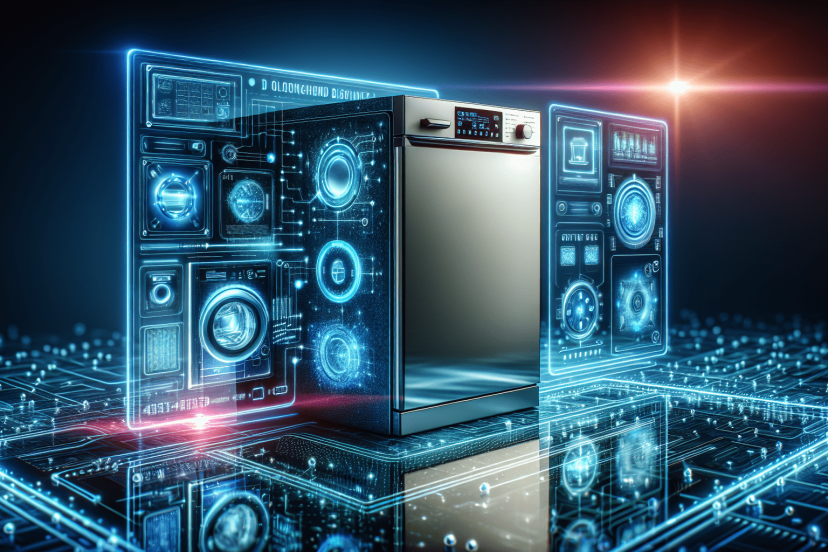What Does Smart Stand For In Appliances?
Have you ever wondered what exactly the term “smart” means when it comes to appliances? From refrigerators to thermostats, the word “smart” seems to be popping up everywhere. In this article, we’ll explore the meaning behind this trend and uncover what it truly means when an appliance is labeled as “smart”. Get ready to discover a whole new world of convenience and connectivity right at your fingertips.
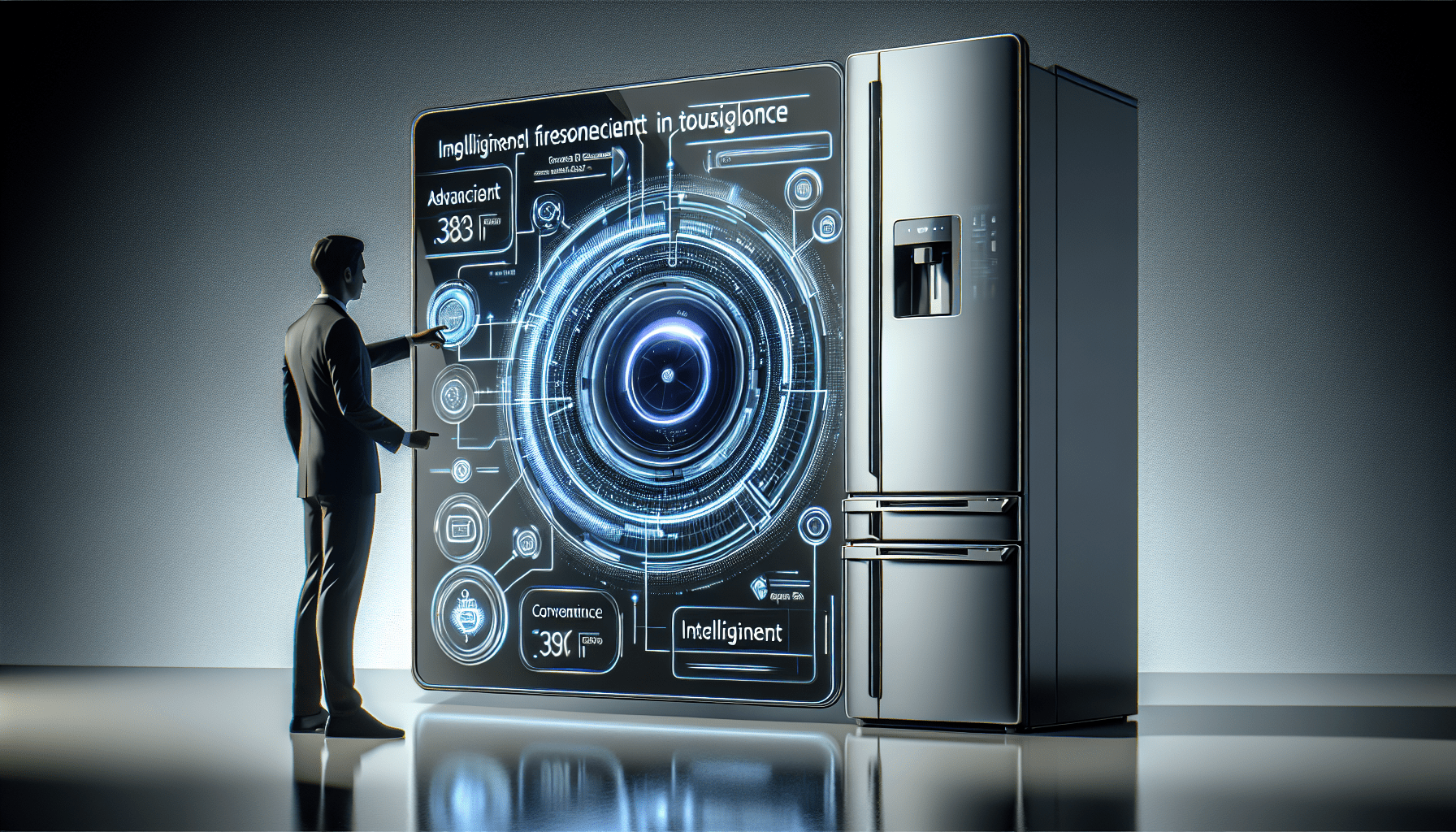
Introduction
Smart appliances have revolutionized the way we interact with our everyday household devices. These innovative gadgets, equipped with advanced technology, offer a range of benefits that enhance convenience, energy efficiency, and functionality. From remotely controlling and monitoring appliances to integrating them with other smart devices, the possibilities are endless. In this article, we will explore the definition of smart appliances, their benefits, common features, integration with smart homes, challenges and limitations, future trends, and examples of smart appliances.
Definition of Smart Appliances
Overview of smart appliances
Smart appliances are technologically advanced devices that are capable of connecting to the internet and exchanging data with other devices. These appliances are designed to enhance convenience, energy efficiency, and functionality in our homes. By incorporating cutting-edge features and connectivity, smart appliances offer a new level of control and automation for everyday tasks.
Features that make appliances ‘smart’
Smart appliances are equipped with a variety of features that set them apart from traditional appliances. These features typically include internet connectivity, remote control capabilities, energy monitoring, scheduled operations, voice control, and intelligent automation. By incorporating these features, smart appliances provide users with unparalleled convenience and efficiency.
Examples of smart appliances
There is a wide range of smart appliances available on the market today. Some popular examples include smart refrigerators, smart ovens and stoves, smart washing machines, smart dishwashers, smart thermostats, and smart lighting systems. These appliances offer innovative features such as voice control, remote monitoring, energy optimization, and seamless integration with other smart devices.
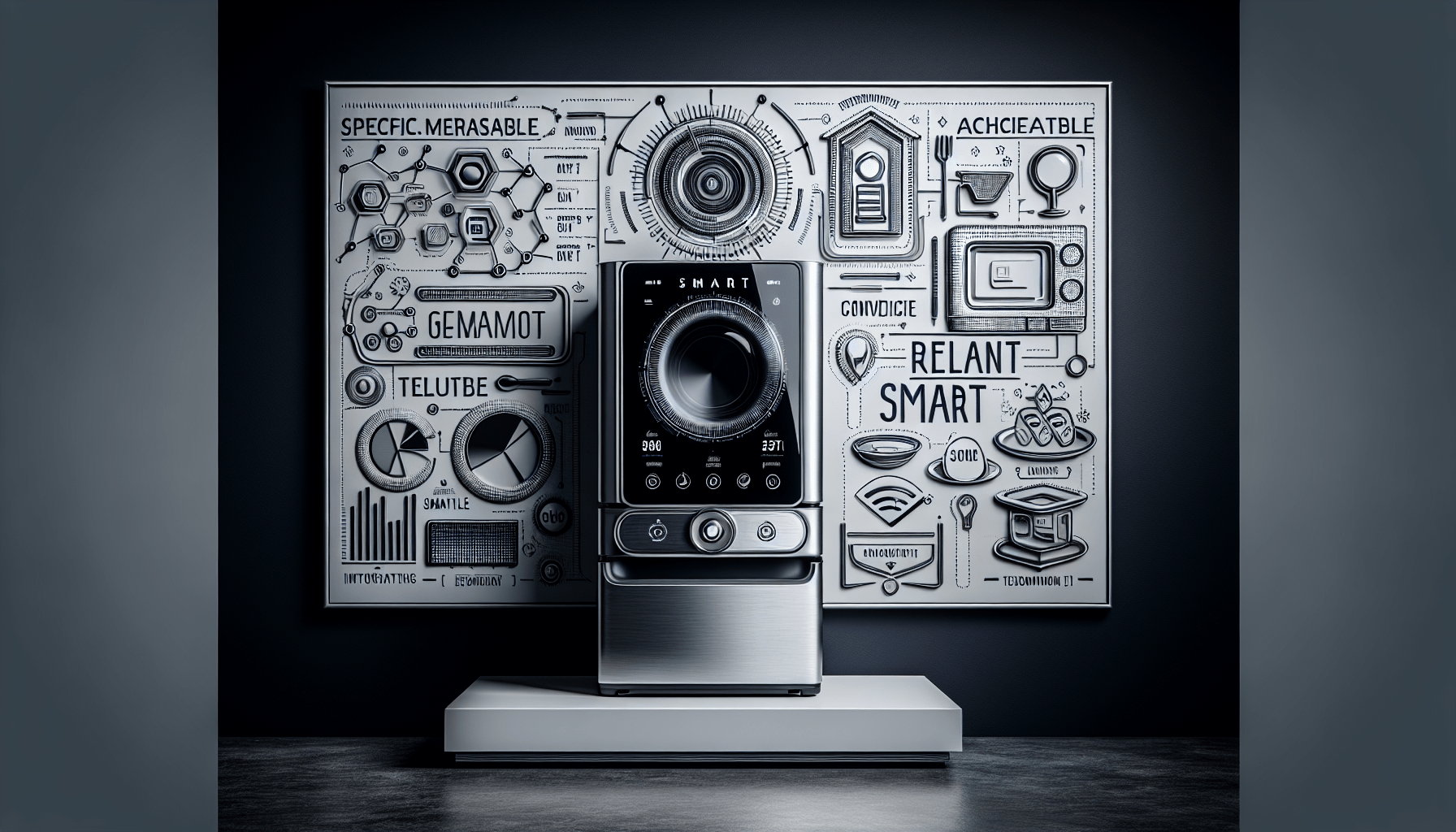
Benefits of Smart Appliances
Convenience and ease of use
One of the key benefits of smart appliances is the convenience they offer. With features like remote control and scheduling, you can easily manage your appliances from anywhere, at any time. Forgot to turn off the oven? No problem. Simply use your smartphone to turn it off remotely. This level of control makes daily tasks more manageable and frees up valuable time.
Energy efficiency
Smart appliances are designed with energy efficiency in mind. They come equipped with advanced sensors and algorithms that optimize energy usage based on your preferences and usage patterns. For example, a smart thermostat can learn your heating and cooling habits and adjust accordingly, saving energy and reducing utility bills. By making small adjustments and automating energy-consuming tasks, smart appliances help conserve resources and promote sustainability.
Improved functionality
Smart appliances offer enhanced functionality that goes beyond what traditional appliances can provide. For example, a smart refrigerator can keep track of your food inventory and send you notifications when items are running low. This eliminates the need for manual inventory management and ensures you never run out of essentials. Similarly, smart ovens can provide recipe suggestions based on the ingredients you have available, making meal planning and preparation a breeze.
Remote control and monitoring capabilities
With smart appliances, you can monitor and control your devices remotely. Forgot to start the washing machine before leaving the house? Not a problem. Simply use your smartphone to start the cycle from wherever you are. These remote control capabilities allow you to save time and effort by managing your appliances without being physically present.
Integration with other smart devices
Smart appliances can seamlessly integrate with other smart devices in your home. This interconnected network of devices, known as a smart home system, allows for enhanced automation and control. For example, you can set your smart lighting system to turn on when your smart thermostat detects you are nearing home, creating a welcoming environment upon your arrival. Integrating smart appliances with other devices unlocks a world of possibilities and opens up opportunities for increased efficiency and convenience.
Common Features of Smart Appliances
Smart connectivity
Smart appliances are connected to the internet, enabling communication and data exchange with other devices. This connectivity allows for remote control and monitoring capabilities, as well as integration with smart home systems.
Voice control
Many smart appliances offer voice control functionality, allowing you to operate them hands-free. With voice commands, you can easily control settings, start or stop operations, and even ask for information or recommendations.
Remote control
Smart appliances allow for remote control through smartphone applications or other connected devices. This feature enables users to manage their appliances from anywhere, providing flexibility and convenience.
Energy monitoring
Energy monitoring is a key feature of smart appliances. By tracking energy consumption and providing insights, users can make informed decisions to optimize energy usage and reduce wastage.
Scheduled operations
With scheduled operations, users can set specific times for their appliances to operate. This feature enables automation and helps users save time and effort by eliminating the need for manual operation.
Intelligent automation
Smart appliances utilize intelligent automation to enhance functionality and user experience. These appliances can learn from user preferences, adjust settings accordingly, and even make recommendations based on usage patterns.
Data analytics and insights
Smart appliances collect and analyze data to provide users with valuable insights. These insights can help users understand their usage patterns, optimize energy consumption, and make informed decisions about appliance usage.
Smart notifications
Smart appliances can send notifications to users, keeping them informed about various events and operations. Whether it’s a reminder to change the water filter in your refrigerator or a notification about the completion of a laundry cycle, these notifications enhance convenience and ensure users stay on top of their appliance maintenance.
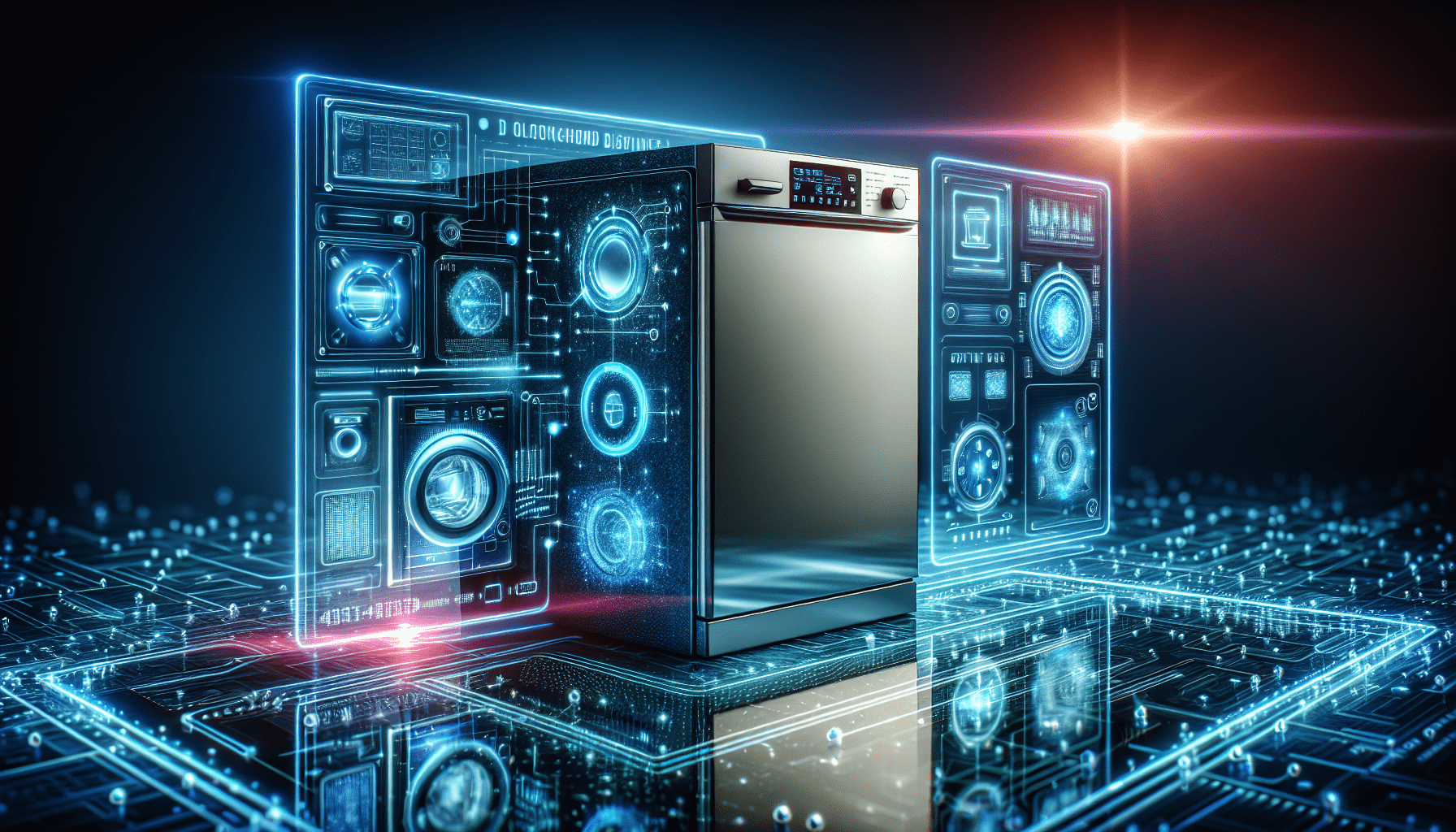
Smart Home Integration
Compatibility with popular smart home platforms
Smart appliances are designed to be compatible with popular smart home platforms such as Amazon Alexa, Google Assistant, and Apple HomeKit. This compatibility allows for seamless integration and control of appliances within a smart home ecosystem.
Benefits of integrating smart appliances with a smart home system
Integrating smart appliances with a smart home system offers several benefits. It enables centralized control and automation of various devices, enhances energy optimization by coordinating actions between appliances, and provides a more seamless and intuitive user experience.
Examples of smart home integration
Smart home integration allows for innovative use cases that enhance daily life. For example, integrating a smart oven with a smart lighting system could automatically adjust the lighting in the kitchen based on the cooking mode selected. Likewise, integrating a smart washing machine with a smart home security system could pause the laundry cycle if an intrusion is detected.
Challenges and Limitations of Smart Appliances
Initial cost and affordability
One of the main challenges of smart appliances is their initial cost. Smart appliances tend to be more expensive than their traditional counterparts, which can make them less accessible for some consumers. However, as the technology continues to advance and adoption increases, prices are expected to decrease, making smart appliances more affordable for a wider audience.
Complex setup and installation
Setting up and installing smart appliances can be more complex compared to traditional appliances. It often involves connecting various devices, configuring network settings, and linking with smart home systems. While manufacturers strive to simplify the installation process, some users may still face challenges during setup.
Reliance on internet connection
Smart appliances depend on a reliable internet connection to function properly. If the connection is lost or unstable, it may impact the performance and functionality of these appliances. Additionally, some features and remote control capabilities may be inaccessible without an internet connection.
Privacy and security concerns
With increased connectivity comes the need for enhanced privacy and security measures. Smart appliances collect and exchange data, which raises concerns about privacy breaches and unauthorized access. Manufacturers are implementing robust security protocols to address these concerns, but users should also take precautions such as using strong passwords and keeping their devices up to date.
Lack of uniformity in smart home protocols
While there are popular smart home platforms, there is still a lack of uniformity in smart home protocols. This can result in compatibility issues between different devices and hinder seamless integration. However, efforts are being made to establish industry standards and promote interoperability among smart home devices.
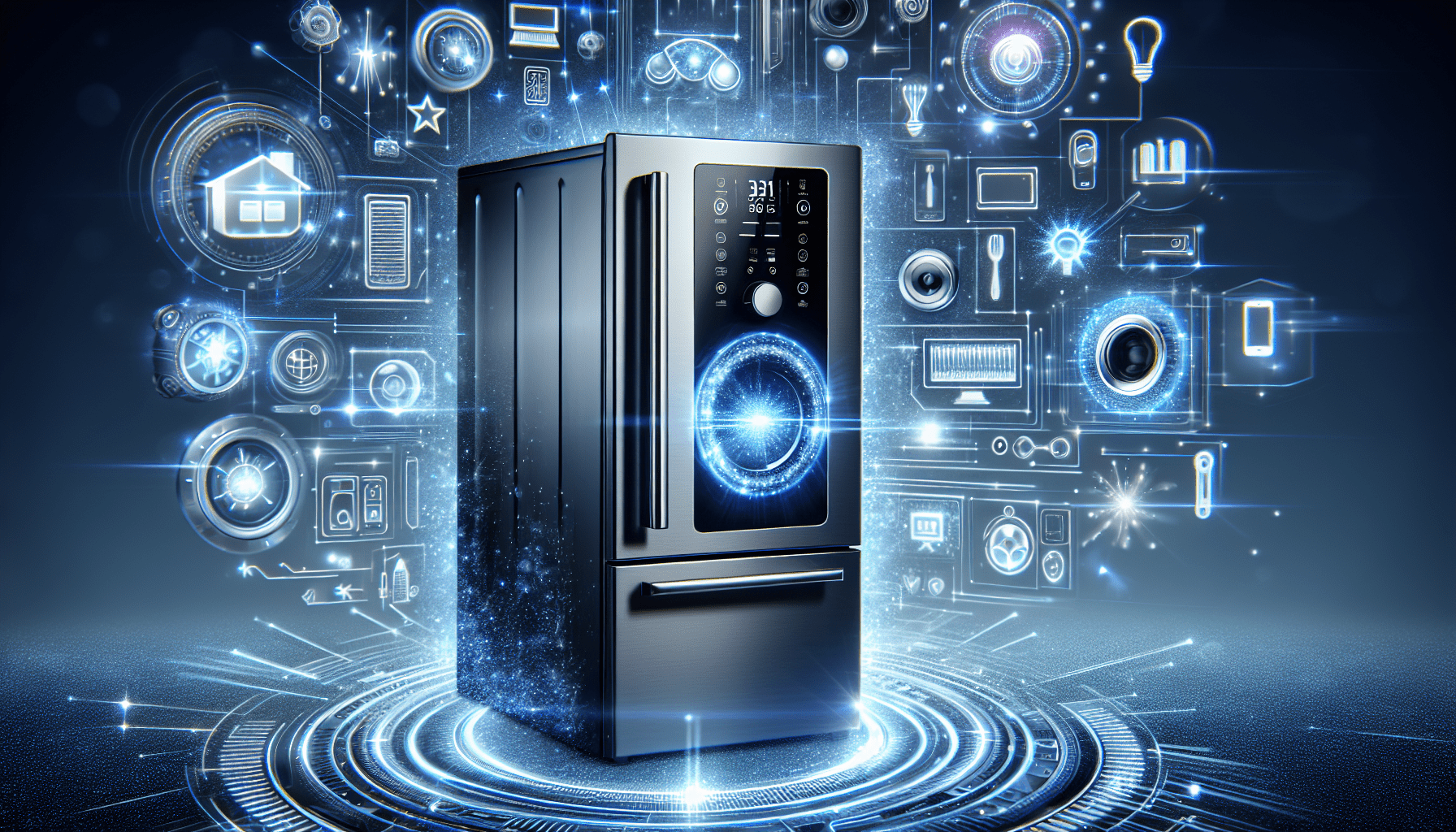
Future Trends in Smart Appliances
Artificial intelligence and machine learning
Artificial intelligence and machine learning technologies are being increasingly integrated into smart appliances. These advancements enable appliances to learn user preferences, adapt their behavior, and even anticipate user needs. For example, a smart dishwasher could learn your preferred cleaning settings and adjust accordingly, ensuring optimal cleaning performance every time.
Internet of Things (IoT) advancements
As the Internet of Things (IoT) continues to evolve, smart appliances will become even more interconnected. Appliances will be able to communicate and collaborate with each other, sharing information and optimizing operations for increased efficiency and convenience. For example, a smart refrigerator could communicate with a smart grocery list app, automatically adding items to your shopping list when they run out.
Enhanced user interfaces
Smart appliances are expected to have more intuitive and user-friendly interfaces. Touchscreens, voice assistants, and gesture control are just a few examples of the interfaces that will enhance the user experience. These interfaces will simplify interaction with appliances and make them more accessible to users of all ages and abilities.
Smart appliances as central hubs for smart homes
In the future, smart appliances may serve as central hubs for smart homes. These appliances will not only provide their own functionalities but also coordinate and control other smart devices. For example, a smart refrigerator could display information from other connected devices, such as weather updates or upcoming calendar events. This centralization of control and information will further streamline the management of a smart home ecosystem.
Examples of Smart Appliances
Smart refrigerators
Smart refrigerators come equipped with features like inventory tracking, recipe suggestions, and temperature control. They can also integrate with voice assistants for hands-free operation and provide access to online content, such as music or recipes.
Smart ovens and stoves
Smart ovens and stoves offer advanced cooking features like preci

